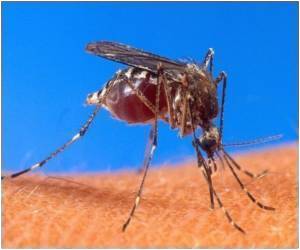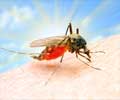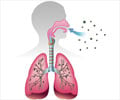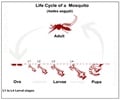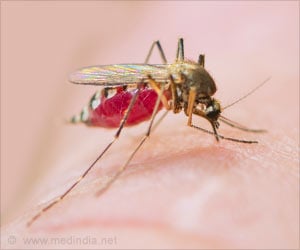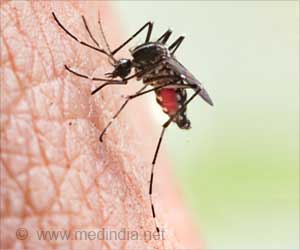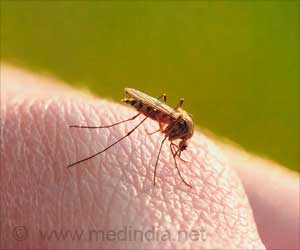
In laboratory and "semi-field" conditions, the soil fungus also reduced how often the mosquitoes bit humans.
Dr Darbro said the results offered a potential alternative to pesticides to control the mosquito-borne borne viral disease.
"The results are very promising. The fungus doesn't kill the mosquitoes as quickly as a chemical product. But because it kills slowly, mosquitoes are less likely to evolve a defence against the fungus.
"They'll still live long enough to reproduce, so natural selection isn't pushing as hard for the mosquitoes to resist the fungus as they would for a chemical insecticide," he said.
Each year there are more than 50 million global cases of dengue and its more severe form, dengue haemorrhagic fever, annually. The virus kills 20,000 people each year. There is no vaccine, and prevention relies almost exclusively on controlling the mosquito carriers.
Advertisement
Dr Darbro said the next challenge would be finding a way to infect mosquitoes en masse.
Advertisement
Dr Darbro's study was published in The American Journal of Tropical Medicine and Hygiene.
Source-ANI



